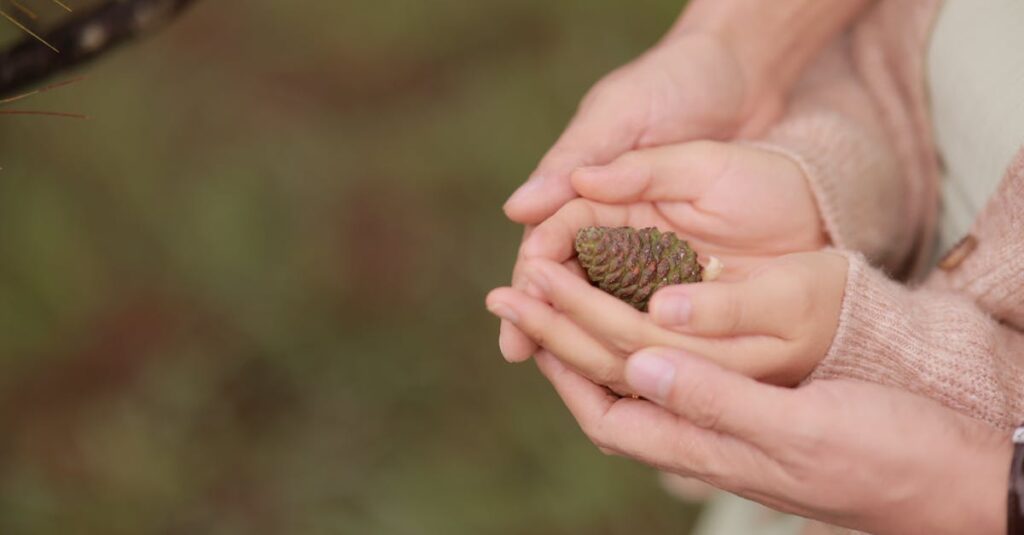Why Patience Matters in the Preschool Years
Ever had a toy ‘shopping spree’ turn into a toddler meltdown? We’ve all been there. Teaching patience to our little tornadoes is key. Patience helps them:
- Wait their turn
- Finish puzzles
- Listen (sometimes)
By nurturing this skill early, preschoolers learn the value of time and respect for others. They understand that good things often come to those who wait, not just in cartoons!
Childhood impatience is normal; it’s part of learning. But consistent positive messages and role modeling patience ourselves assures that even the smallest outbursts eventually soften.
The occasional tantrum in the candy aisle? Consider it practice for the grand marathon of life.
The Art of Perseverance: Building Blocks in Kids
Imagine watching a preschooler trying to tie their shoelaces – the struggle is real! Teaching perseverance is like providing little ones with mental gym equipment. Start small. Encourage simple tasks and celebrate effort, not perfection. This builds resilience, instilling a can-do attitude.
Praise their persistence, like when they keep stacking blocks even after a colossal crash. Learning to persevere helps them in facing frustrations, turning failures into stepping stones.
Your cheers for their little victories motivate them to try again, aiming to get it right, not just immediate satisfaction.
Fun Activities to Encourage Growth
Pirate treasure hunts and waiting games are your best allies here. Preschool-age kids benefit from activities that effortlessly teach patience and perseverance.
Here are some engaging activities to try:
- Timing their ability to sit still during a story.
- Taking turns during board games.
- Using visuals, such as charts or timers, to make waiting tangible.
Let’s not forget the benefit of outdoor play. Activities like hopscotch or obstacle courses encourage children to stick with a task.
To make it even more rewarding, you can:
- Reward their perseverance with ‘adventure stories’ where they come out as heroes.
These tiny tasks simulate big life’s waiting rooms, quite literally shaping patience and grit.
Handling Emotional Ups and Downs
Every parent must tackle emotional flare-ups, right? Preschoolers are like emotional tectonic plates – shifts happen!
Recognizing this, focus on communication. Encourage kids to express their feelings; reward calm problem-solving over tantrums.
Teaching Emotional Self-Awareness
Teach emotional self-awareness through stories involving characters who practice patience. Some methods you can use include:
- Guide them in breathing exercises or creating ‘calm corners.’
- Share your ‘oops’ moments, teaching them that everyone makes mistakes and learns from them.
Navigating through their own whirlwinds teaches them emotional maturity, joining patience as its copilot.
Join the Conversation: Share Your Stories
Being a parent isn’t for the faint-hearted. Start the conversation: What are your go-to patience-building activities? Share your stories of tykes transforming into tiny Buddhas, or toddlers-turned-superheroes of perseverance. Let’s swap tactics!
Did your child once throw blocks in frustration only to turn them into the neatest tower during a quiet afternoon? Comment below and let’s create a library of shared experiences. Your insight might inspire another parent’s success story!
Remember, parenting is as much about learning as it is about teaching.

